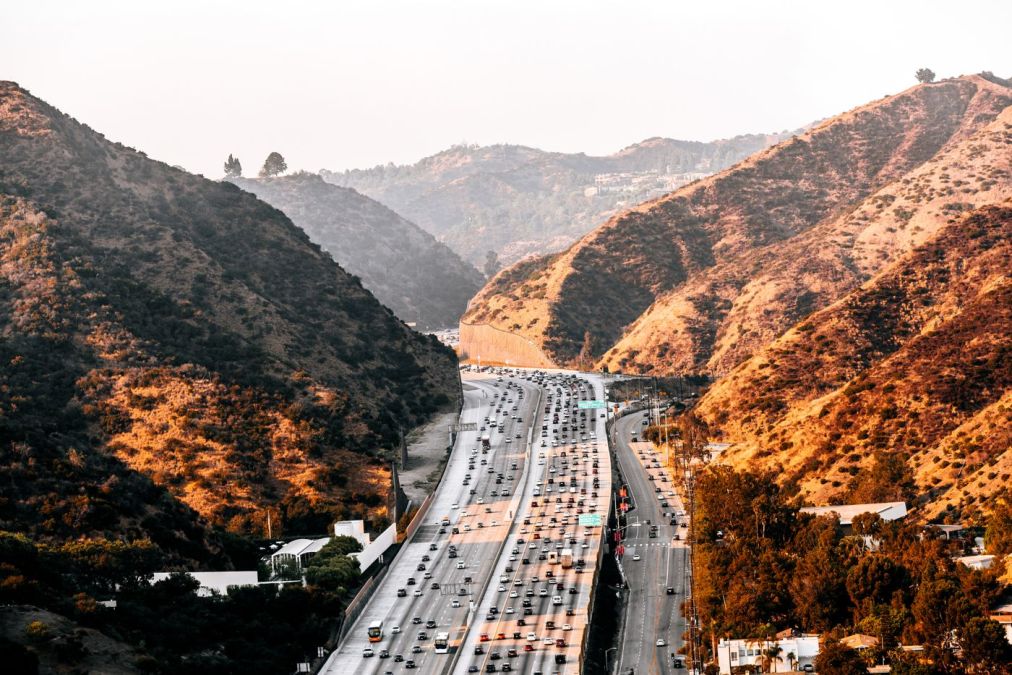California seeking generative AI ideas to help lighten traffic jams

The California Department of Transportation is asking technology companies by Jan. 25 to propose generative AI tools that could help California reduce traffic and make roads safer, especially for pedestrians, cyclists and scooter riders.
The request shows how California is trying to tap into AI to improve government services at a time when lawmakers seek to safeguard against the technology’s potential risks. California state agencies currently use various technologies to help analyze traffic data, but they rely heavily on workers to decide what to do to improve the flow of traffic in real time.
Officials are banking on generative AI tools such as ChatGPT, which can quickly produce text, images and other content, to help them come up with better solutions.
“This proactive approach will enable transportation system operators and engineers to anticipate and address safety issues in advance or more quickly, rather than merely reacting to them after the fact,” reads a Caltrans request for information document.
According to the document, Caltrans also hopes to use generative AI to achieve its goal of eliminating road fatalities and serious injuries by 2050. Through analysis of crash sites, lighting conditions, traffic patterns and behavior of “vulnerable roadway users” such as pedestrians and cyclists, Caltrans says the technology could help workers identify areas that are at higher risk for accidents and suggest safety measures.
The state’s potential use of generative AI to help alleviate traffic jams comes just months after California’s AI task force completed its first report on the benefits and many risks posed by generative AI.
Several state and local governments across the country are already using AI to analyze traffic patterns and the movement of people on the roads, including drivers and bicyclists. The city of Seattle participates in a Google research initiative called Project Green Light to help improve the flow of traffic and reduce greenhouse gas emissions from cars on the road. As part of the project. Google uses AI to identify when engineers can adjust the timing of traffic lights and provides those recommendations to city officials.
In 2020, the data company Inrix introduced a new generative AI-powered product in November that could help cities better manage the flow of traffic. That year, transportation departments in five states — Louisiana, Oregon, Tennessee, Texas and Rhode Island — adopted the company’s real-time roadway traffic data to reduce roadway congestion, air pollution and motorway deaths.
A 2023 report from Inrix found that in 2022 Los Angeles ranked the 6th-most congested city in the United States with delays costing drivers, on average, 95 lost hours and $1,601.



